 Pandemic aside, it is evident that digital transformation has accelerated across industries. Autonomous cars, smarter buildings, more efficient and precise production are some innovations our BEACON member, Thomas Jakob, Bosch.IO’s Regional President in Asia-Pacific, sees in our new future.
Pandemic aside, it is evident that digital transformation has accelerated across industries. Autonomous cars, smarter buildings, more efficient and precise production are some innovations our BEACON member, Thomas Jakob, Bosch.IO’s Regional President in Asia-Pacific, sees in our new future.
In our latest “be in conversation” episode, find out why he thinks telcos go beyond providing high quality connectivity to the bigger role of bringing everyone together and, being well-positioned, share their experience with consumers and across various industries.
Geok Chwee: In the last 12 months, we’ve seen the world spin into a new normal. How does that impact your business and the way you run your business?
Thomas: I’ve to admit that this expression, the new normal, I’m really not so keen on. Because ultimately, what our objective should be is to overcome the current situation and make the world a much safer place for everybody and to go back maybe to some extent into how we have done things before, but obviously, we will not. The pandemic has left a mark, attitudes have changed as a result–I still very fondly remember a little survey a friend of mine did on Twitter around 2nd quarter last year. He was asking, “Who’s really the driver for digital transformation in your company?” Is it the CEO or CTO? Who is it actually? 86% came back and said it’s COVID-19. So, the attitudes have changed. We’ve seen a huge impact in our private and professional lives. We’ve seen a significant acceleration of digital momentum. We see on the consumer side, things like ecommerce, epayments, egovernment services—all around the world, are growing leaps and founds. Work from home will obviously be part of our arrangements, but ultimately, it’ll be a good mix between work from office and work from elsewhere—not necessarily home. It can be, and we’re doing that very extensively, all of our environments across countries. So, we’ll see what we’ll call a rhythm of work. We’ve seen announcements over the past couple of weeks and months of companies saying “Okay, we’re going to allow everybody to spend two days a week working from home or elsewhere.” What is even more interesting from our point of view as Bosch being an industrial-focused company in many regards, is the resulting increase in awareness in what digital can do for all of us. There was an interesting survey done by Boston Consulting Group (BCG) in September last year. I think they call it the Global Digital Transformation Survey. 80% of respondents around the world said whatever happened now will significantly accelerate their digital efforts in working tools, working arrangements, cybersecurity, digital commerce and marketing, increasing automation, operation supply chain, and so on. That will of course spread to all areas and all corners of what we are doing. Fortunately, as I’ve said before, we started in 2008 so we’re quite in good shape to take advantage of that.
Geok Chwee: As you rightly mentioned, COVID-19 really sped up and accelerated the momentum of digital transformation and we’ve seen it everywhere in different industries. In the telco industry, we’re gearing up across our Bridge member operators’ footprint into the 5G era. So last year, a lot of the markets have already led up their domestic market with 5G. Coming along with 5G, there are also a lot of emerging technologies. How do you see emerging technologies transforming your industry or generally, the way we work, live and play?
Thomas: You’re absolutely right Geok Chwee, we have technologies now that are going to change the way we lead our lives. As I mentioned before, it’ll into all corners of what we’re doing. One big part of what Bosch is doing is, we’re a big player and the largest supplier in the automotive industry. One of trends, or big transformations that took place before the pandemic which is now accelerating further, is the drive towards everything autonomous. Honestly, it’s not only the automotive industry. Autonomous for me, is the aspiration of what we’re going towards in all aspect of what we’re doing. Using technologies to make our lives more comfortable, safer in the case of autonomous vehicles for example, and being able to make it more sustainable. For example, in buildings when we talk about energy consumption and using AI and technology to also have the buildings responding and adjusting autonomously to the well-being of the inhabitants there. If you look at cars and autonomous vehicles, they have 5G–an absolutely crucial ingredient. Without 5G and the ability to slice and dice spectrum and capacity, that will not be possible at all. That is a necessary ingredient.
We’re also using it in our manufacturing environments. At the moment and it’s an opportune time that we’re talking, just in the last couple of days, we passed the first wafers through our first semiconductor fab, in Dresden, Germany. They went through a fully automated production process. And that is a key step towards the start of the production operations which is scheduled for late 2021. We’re investing a billion euros in this facility, which will probably make it one of the most advanced wafer fabs in the world. This is actually occupying about 700 people, 70,000 square feet of floor space which translates to, in terms of land area, about 14 football fields. We’re using 5G comprehensively to network all the components, all the machines on the shop floor. The reason why we’re doing it is that it’ll give us the opportunity to design and run our manufacturing processes much more flexibility, moving things around as we want, not being bound to a cabled network infrastructure for example, and also being able through that, to network things much more comprehensively. If you look at the process in the factory, we’re producing the wafers—they are 3mm wafers, about the thickness of a hair—they actually go through 250 individual fabrication steps to get a finished wafer and another 700 steps in various machineries to be produced into a chip. All of that has to work fully seamlessly, it’s fully automated actually, and it takes more than 10 weeks to go through the process. Using 5G there very, very extensively allows us to get much more information, link this all together and that is the holy grail of Industrial 4.0 right? To be able to use all the data comprehensively on the shop floor, pulling it together, and making decisions automatically along the way on what has to happen. Most of our people on the ground—700 people—they’re there to monitor production and maintain the machinery. You can imagine a lot of different skills profile compared to a traditional factory floor.
That’s just one of the examples, we’re doing a lot more. We’ve about 260 factories around the world. We are using AR and AIoT very extensively—connecting to the individual components on the shop floor to drive connected manufacturing/Industrial 4.0. These are two examples—automotive, manufacturing, the same intentions, ideas and vision applies to buildings. We envision that by 2030, buildings will be largely autonomous in their decision making actually.
Geok Chwee: Very exciting vision that you’ve painted and actually, the reality is here. While 5G is at the starting point, we can already see some of these outcomes and results being unlocked by all these emerging tech. So in this whole vision you’ve just painted, what do you think are the role telcos can play as a key partner in enabling all these possibilities?
Thomas: Very good question, thank you for asking that. We’re working very closely with telco partners around the world including yourselves in order to drive this vision. Connectivity is a very key stepping stone. Some of the things we’re thinking about are not possible without the right infrastructure in place. We all know over the last year, how many times have we been sitting in video conference and suddenly the screen froze, because there was no bandwidth available. It happens, it’s okay, but it cannot happen in a 24/7 manufacturing process. That is absolutely unacceptable. There is a very key role telcos have to play on the infrastructure side. That’s more the traditional role, but there is a much bigger one.
So for example, we have just publicized that by 2025, use AI very comprehensively in our products and manufacturing. So all of our products and activities will be ultimately driven by AI in one full body. While we’re driving that kind of technology into whatever we’re doing, it’s very key that we are packaging, bundling the solutions that are based of all of that in the right way. And there, I see telcos in a unique transition because you’re interacting very comprehensively on one side with consumers, on the other side with industry.
You have a thorough understanding of how products need to be bundled and designed in terms of user experience and how you provide them, so there’s wide take-up. So that’s something where the industry is still struggling with. If you look at Industrial Internet, the uptake has been not as fast and not as comprehensive as we wanted. The reason is, it has still been too complicated in many regards. Many customers don’t have the capabilities required to put everything together in a package that is very easy to adopt. That is where I see a unique opportunity for telcos, and for Bridge Alliance specifically, to bring this together—to bring AIoT solution together in a form that can be easily taken up. I’m thinking of something called “Marketplaces”–that is something we’ve discussed before. You would be very well-positioned to build up this marketplace of bringing together many people and ultimately offering shrink-wrap solutions to industrial clients. It will happen on consumer side, but also the industrial side–that is predominantly our focus at the moment. That’s where I see telcos being being well-positioned to take this up and drive user experience which is ultimately required, because you are much better positioned than anyone else doing that.
We’ve recently set up an open AIoT ASEAN user group. You can find that under https://aiotug.org/. It’s open to everybody, it’s not membership fee-based. I would invite everybody in our telco circles and also outside of that to join us because that would help us to broaden the understanding of what these technologies can bring to the market and users in general, and will hopefully help us accelerate the digital momentum we talked about, even further.



